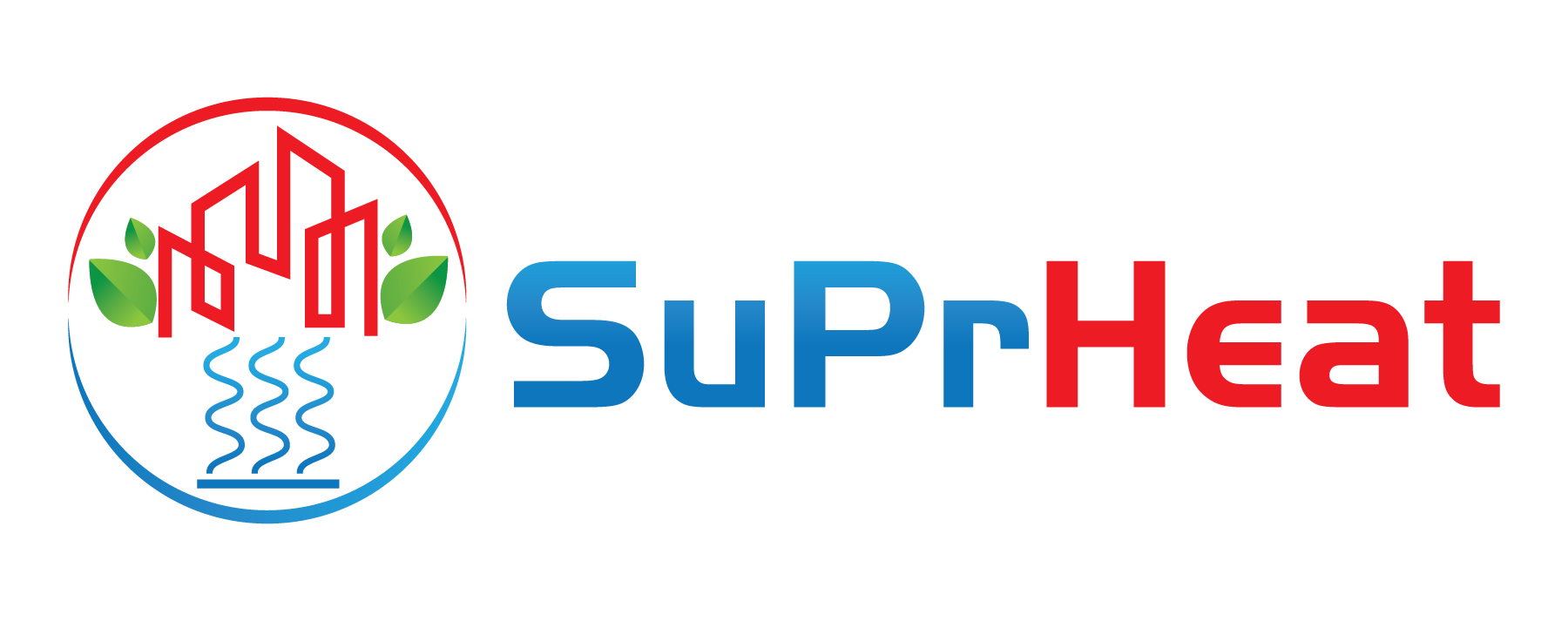
Natural refrigerants
Natural refrigerants have several advantages, which make them the optimal foundation for the development of high-temperature heat pump technologies.
Natural substances without environmental impact
Natural refrigerants are substances that are naturally existing in the environment. Thereby, they do not have any considerable impact on the environment, which is expressed by their zero ozone depletion potential (ODP) and low global warming potential (GWP).
Besides the negligible environmental impact, natural refrigerants are
- Availability at low cost
- Extensive knowledge base about the refrigerants, systems and components
- Availability of components
- Certainty to be not phased-out due to environmental impact - also in future
These characteristics make natural refrigerants the perfect baseline for the development of high-temperature heat pump technologies.
Applications in refrigeration and heat pump systems
Natural refrigerants are generally covering a wide range of properties, providing a promising candidate for various applications. The natural refrigerants that are most commonly used include:
- R744 (CO2)
- R717 (Ammonia)
- R718 (Water)
- Hydrocarbons: R290 (Propane), R1290 (Propylene), R600a (Isobutane) and more
Challenges or potentials?
All refrigerants are characterized by their physical properties. These properties determine for which applications the certain refrigerants are promising to yield high performances. These parameters include the critical point, but also molecular weight and other parameters. Depending on the physical properties, certain refrigerants are more or less suitable for specific applications.
Often, certain parameters and aspects can translate into advantages and challenges at the same time. R744 (CO2) is a good example of this as it has a low critical temperature, which causes high operating pressures in many applications, which in turn yields high volumetric capacities and thereby lower investment cost due to more compact equipment.
In addition to the parameters determining the performance of a given application, there are characteristics that have an impact on the general suitability of the refrigerant or determine the required safety measures. Such aspects include flammability and toxicity. However, it may be noted that flammability typically can be handled under consideration of respective safety measures.
There are plenty of success stories that are proving the attractiveness of natural refrigerants translating into lowest cost of ownership if the supposed challenges are accepted and the potentials are being exploited.
Thereby, the natural refrigerants become the preferred choice for the end-user - not only due to their limited environmental impact. These success stories include R744 (CO2) for supermarket and commercial refrigeration or R718 (Ammonia) for large-scale heat pumps for industry and district heating.
This project is specifically based on exploiting the peculiarities of natural refrigerants. It was found that temperature glide matching is a prerequisite for reaching high performances. In this regard, the natural refrigerants R718, R744 and the group of hydrocarbons offer the entire range of being suitable for low to high temperature glide applications and are thereby the optimal choice for the technology development of high-temperature heat pumps.
